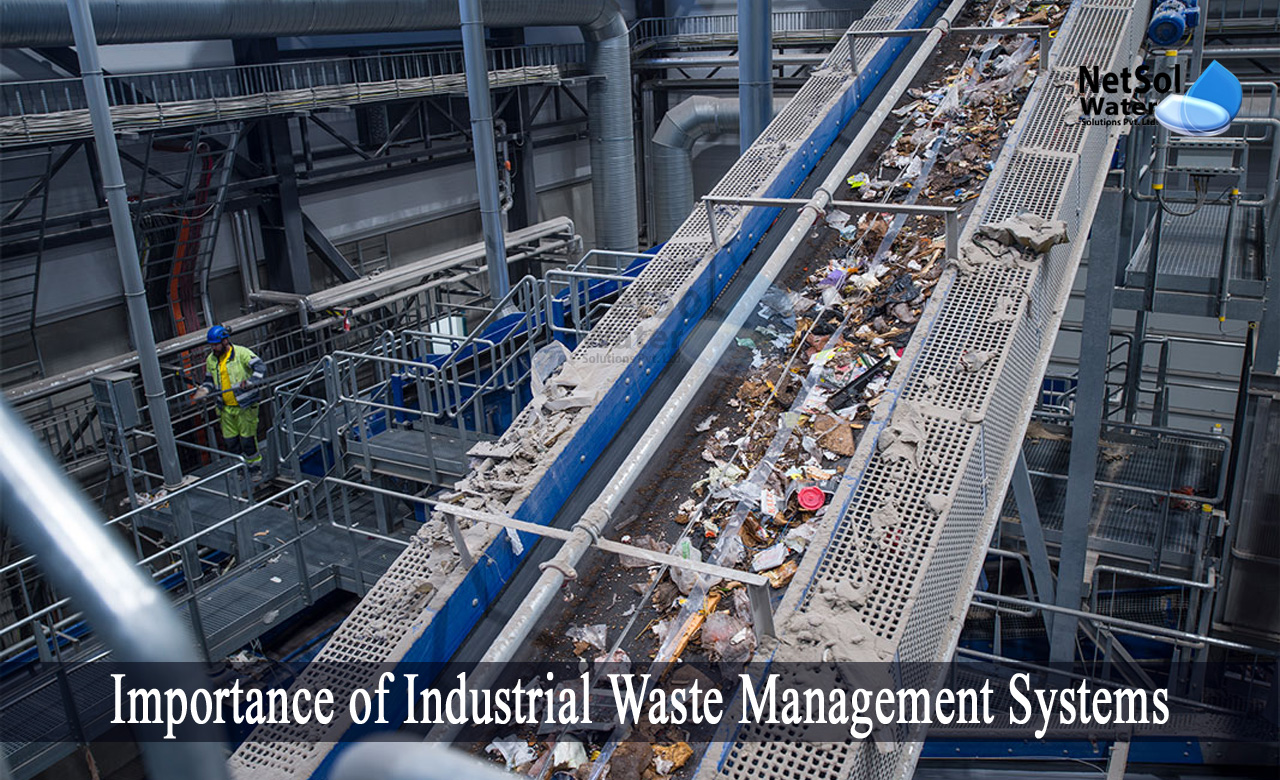Some Known Details About Reclaim Waste
Table of ContentsReclaim Waste - An OverviewReclaim Waste Fundamentals ExplainedThe 25-Second Trick For Reclaim WasteEverything about Reclaim WasteEverything about Reclaim Waste
Discover the types, events, and kinds of fluid waste. Domestic sewage waste refers to the waste and products from a household septic system. This kind of waste is produced by humans in residences, institutions, and other buildings. This only includes sewage-disposal tanks that have a drain field. The appropriate administration and disposal of domestic sewer waste need liquid waste to be moved to a sewage treatment plant where the proper approaches and tools are related to cleanse and throw away waste.
Industrial waste usually consists of possible risks, such as flammable products or a mix of fluid and solid waste items, and requires an advanced and thorough disposal process. The disposal of commercial waste generally includes the filtration of waste prior to transportation to make certain safe and correct disposal. Hazardous waste is produced from by-products and runoff of commercial procedures and production.
This type of waste can not use the very same sewer administration transport or procedures as septic or industrial fluids. The commercial waste management procedure calls for the inspection and screening of fluid waste before it goes through the disposal process (industrial wastewater treatment). Runoff waste is the liquid waste that comes from overflow and excess stormwater in very booming areas or cities
Drainage waste can cause contamination and flooding otherwise managed properly. Learn much more concerning sewer cleaning and waste administration. Making sure proper waste monitoring can avoid calamities and decrease environmental damage. Both individuals in residential settings and professionals in business or production industries can profit from recognizing the procedures and policies of liquid waste administration.
Reclaim Waste for Dummies
Contact PROS Services today to find out about our waste monitoring and disposal services and the appropriate means to take care of the liquid waste you create.
Do you recognize what occurs to your water when you pull the plug, purge the bathroom or drain pipes the cleaning maker? No? Well, it's worth understanding. This supposed 'wastewater' is not just an important resource yet, after treatment, will certainly be released to our land, rivers or the ocean. Made use of water from bathrooms, showers, baths, cooking area sinks, laundries and commercial procedures is recognized as wastewater.

water used to cool equipment or tidy plant and devices). Stormwater, a form of wastewater, is drainage that streams from agricultural and urban areas such as roofings, parks, gardens, roadways, paths and rain gutters into stormwater drains pipes, after rain. Stormwater streams without treatment directly to local creeks or rivers, eventually getting to the ocean.
Reclaim Waste for Beginners
In Queensland, most wastewater is treated at sewage treatment plants. Wastewater is delivered from domestic or commercial sites with a system of sewers and pump stations, referred to as sewage reticulation, to a sewage treatment plant. City governments construct, keep and operate most sewage therapy plants. Operators are he has a good point licensed under the Environmental Management Act 1994 to release treated wastewater at an appropriate ecological requirement into waterways.
The Department of Natural Resources advises regional governments regarding managing, operating and maintaining sewerage systems and treatment plants. In unsewered locations, regional governments may call for homeowners to install private or household sewage treatment systems to deal with domestic wastewater from commodes, cooking areas, restrooms and laundries. The Department of Natural Resources authorises using home systems when they are shown to be effective.
In some new subdivisions, therapy of some stormwater to remove litter, sand and crushed rock has begun using gross pollutant catches. Wastewater treatment happens in 4 stages: Removes solid issue.
Utilizes small living microorganisms understands as micro-organisms to break down and get rid of remaining liquified wastes and fine bits. Micro-organisms and wastes are included in the sludge.
7 Easy Facts About Reclaim Waste Shown
Nutrient removal is not readily available at all sewage treatment plants since it calls for costly specialist equipment. Clear liquid effluent generated after treatment might still consist of disease-causing micro-organisms - liquid waste removal melbourne.

Most wastewater flows right into the sewerage system. Under the Act, regional federal governments provide approvals and permits for environmentally pertinent activities (Ages) including wastewater releases that might have a local influence.
3 Simple Techniques For Reclaim Waste
Tracking provides accurate info concerning water top quality and can confirm that licence conditions are being fulfilled. The information acquired via tracking supplies the basis for making water high quality choices.
Comments on “Some Known Incorrect Statements About Reclaim Waste”